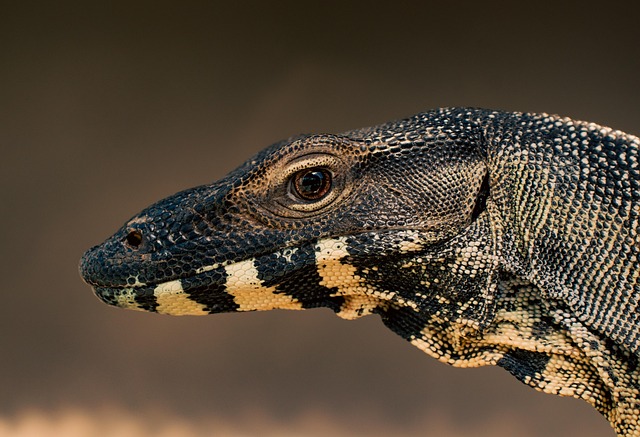In the world of photography, the importance of accurate color representation cannot be understated. For anyone serious about their craft—be it a budding enthusiast or a seasoned professional—the relationship between monitor profiles and layer compositions is crucial. Understanding how to master monitor profiles can dramatically impact your editing process, allowing your finalized images to truly reflect your vision.
When working with layers in software like Adobe Photoshop, the colors and tones you see are only as good as the calibrations of your monitor. A miscalibrated screen can lead to drastic discrepancies between what you see while editing and what is printed or displayed elsewhere. This is where a proper monitor profile comes into play. By ensuring your monitor displays colors accurately, you can trust that your layer compositions will yield the results you intended.
Consider this: you’ve captured the perfect photo, utilizing your camera’s full capabilities alongside a robust understanding of optics. The photograph glistens with vibrancy, capturing the essence of the moment. Yet, when you begin to edit, the colors seem off, muted, or perhaps overly saturated. This dissonance stems from your monitor failing to depict true colors. With an appropriate monitor profile, the tones you layer on top of each other will translate effectively, allowing for seamless integration of images.
I remember a time when I struggled to find the right balance while compositing layers for a project. The colors simply didn’t work together, and I felt lost amidst the chaos of RGB and CMYK. My breakthrough came with the realization of how setting the right monitor profile transformed my editing experience. Colors that once clashed harmoniously blended together, allowing for depth, contrast, and vibrancy to shine through in my compositions.
Grasping the significance of color theory in relation to monitor profiles is indispensable. The hue of an autumn leaf captured through your lens should precisely emit the warmth of a setting sun, not the coolness influenced by an improperly calibrated display. Mastering monitor profiles is not merely a technical adjustment; it is an artistic endeavor to ensure that your photography speaks volumes through color accuracy.
To get started, invest in a calibrator that can generate a monitor profile tailored to your specific display. This small tool can yield significant results, fine-tuning your monitor to produce the best rendition of your photographs. Once calibrated, your layers in photography software will align beautifully with your creative instincts, enhancing your workflow and diminishing the frustration that can come from color inconsistencies.
As you dive deeper into layer compositions, remember that the perfect photograph is not simply about technical prowess but also an emotional connection to your subject. With a reliable monitor profile, you’ll begin to feel that connection more acutely, as your compositions will flourish with true-to-life colors, inviting viewers into the very moment you aimed to capture.
Be bold in your creative experiments. Layer diverse elements, from stark black-and-white contrasts to vibrant color palettes but always with the assurance that your monitor is revealing these nuances correctly. As you master your monitor profile, you unlock the potential for your artistry to shine—lending confidence to your photographic journey.
The path to mastering monitor profiles is a learning curve, but once you’ve experienced the transformation in your photography and layer compositions, you’ll understand its fundamental importance. Embrace it as a vital component of your photography toolkit, and watch as your work reaches new levels of depth and detail.



